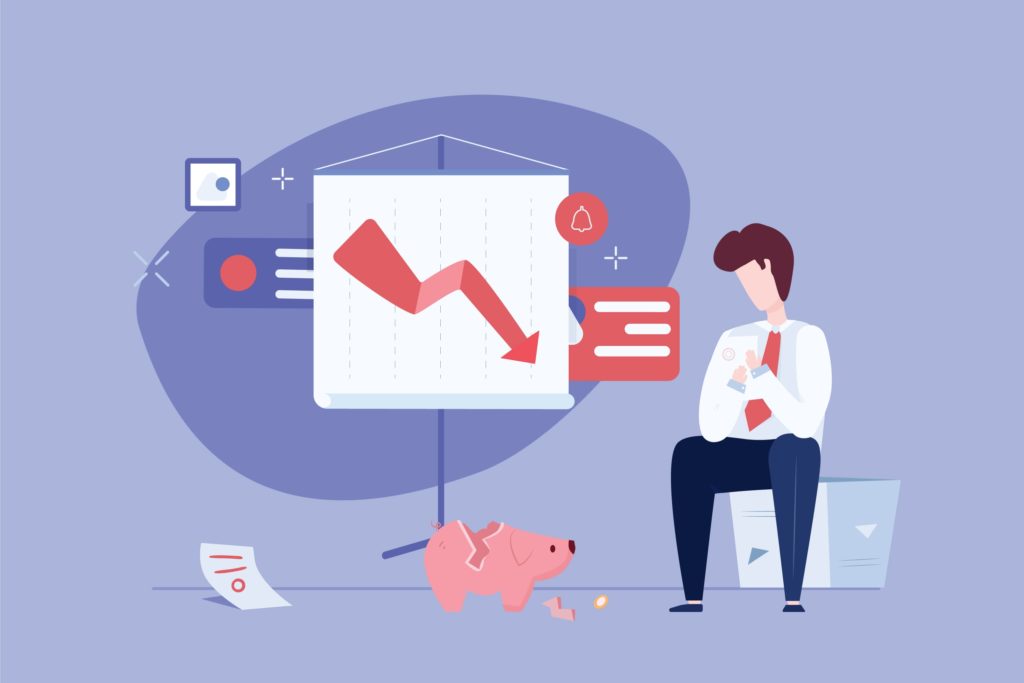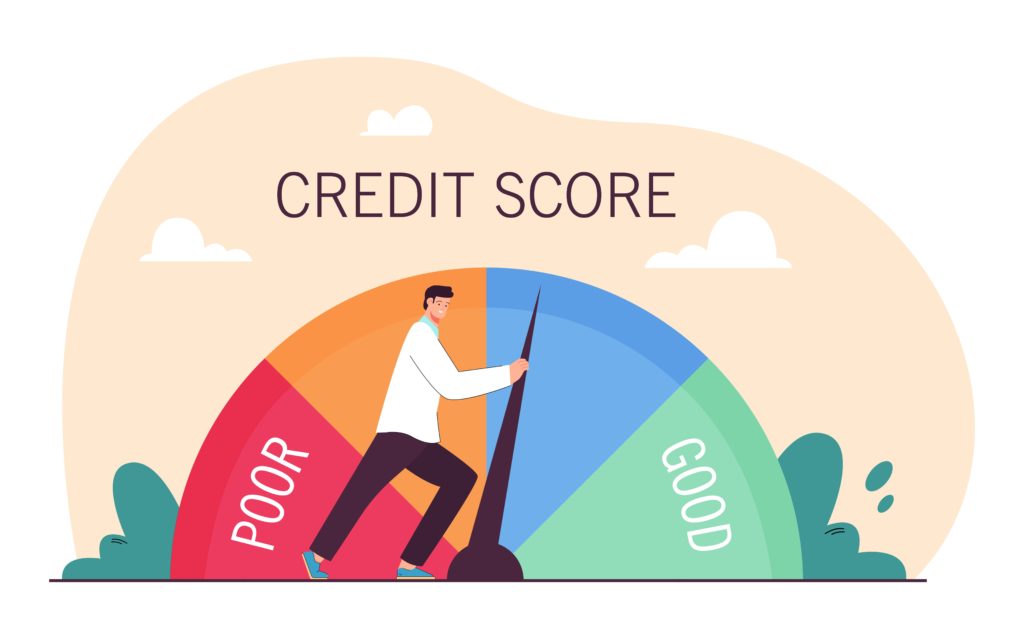Getting a small business loan after bankruptcy might seem really tough, but it is definitely possible. A lot of business owners worry that bankruptcy will make it impossible to get financing and hurt their chances of running a successful business. But with the right steps, you can still secure the funding you need.
This article explains bankruptcy for those who are new to this topic, with tips on rebuilding credit and creating a strong loan application. By the end, you will know how to overcome financial challenges and achieve a stable, successful business future.
Understanding Bankruptcy

(Source: Freepik.com)
Essentially, bankruptcy involves a legal process where a debtor is declared unable to repay their debts. It is usually initiated by either the debtor or creditors through a court application. Bankruptcy usually happens when debts are greater than assets or when payments cannot be made on time.
When bankruptcy is declared, the law protects the debtor from creditors. This means creditors must stop trying to collect debts through lawsuits, wage garnishments (confiscation of salary or wage), or taking assets without court approval. Bankruptcy involves getting rid of some debts or making a plan to pay them back over time.
When someone files for bankruptcy, a trustee or official assignee steps in to take care of their assets. This person’s job includes selling off assets if necessary and then making sure the money is divided up fairly among the creditors. This is to ensure the creditors get a fair share of the debtor’s payment according to the law.
For individuals and businesses, bankruptcy offers a chance to start over. It helps people rebuild their finances and allows businesses to reorganise and keep operating. The details of bankruptcy, for instance, who can file and what happens next, depend on the laws in each country.
In simple terms, bankruptcy is a legal way to solve serious debt problems, making sure both debtors and creditors are treated fairly.
Impact of Bankruptcy on Small Business Loans

(Source: Freepik.com)
So, let’s talk about how bankruptcy can really impact your chances of getting a small business loan. Lenders usually see bankruptcy as a red flag because it suggests higher risk. That stigma can make banks hesitant to lend to people or businesses that have gone through bankruptcy. They worry about history repeating itself with money management issues.
And here is the kicker: bankruptcy sticks around on your credit report for quite a while, dragging down your credit score. That’s like a big sign to lenders saying, “Hey, this person might not be the most reliable borrower.”
Because of this, if you do manage to get a loan, the terms might not be too friendly. You could end up with higher interest rates and stricter repayment terms.
But hey, it is not all bad news. Understanding these challenges can help you figure out other ways to get financing. There are options beyond traditional banks, like online lending platforms, peer-to-peer lending, and microfinance institutions. These can be more accessible avenues for getting the funds you need.
Plus, you can work on rebuilding your credit score by managing your finances well and showing lenders a solid business plan. When lenders see that you are serious about getting back on track, they might be more willing to work with you.
So, while bankruptcy can ruin your loan plans, being proactive and exploring different options can help you navigate the financial landscape post-bankruptcy and set your business up for growth and recovery.
Practical Tips for Securing a Small Business Loan Post-Bankruptcy

(Source: Freepik.com)
If you are looking for ways to boost your chances of getting a loan after bankruptcy, two phrases should be prioritised:
1. A detailed business plan.
2. Transparent financial records.
Creditors need to know your business model, market analysis, and growth strategy in clear, simple terms. This shows lenders you have a solid plan and vision for success in business.
Secondly, always keep your financial records squeaky clean and transparent. You need to prove to the creditors that you are responsible with money and can be trusted. Consider getting advice from financial experts to fine-tune your application and fix any weak spots.
Lastly, the most important thing to keep in mind is to learn from past money problems and show lenders you are on top of your finances now. Pay bills on time, eliminate debts, and maybe get a small credit line to show you are reliable.
Always stay in touch with lenders and keep them in the loop about your progress. With this approach, you will be on your way to securing that loan and proving you are a smart, low-risk borrower.
Rebuilding Your Credit Score

(Source: Freepik.com)
Rebuilding your credit after bankruptcy is super important for getting back on track financially. Take a look at some of the tips to help you improve your credit score:
- Grab copies of your credit reports from the big credit bureaus. Double-check them to make sure they are accurate and that any debts wiped out by bankruptcy are correctly noted.
- Get to know what affects your credit score. Things like paying bills on time, using credit wisely, and keeping an eye on how much credit you are using are all key.
- Create a budget. It is smart to create a budget that covers your essential expenses and leaves room to pay bills and debts on time. Timely payments are a big deal for rebuilding credit.
- Consider applying for a secured credit card. These cards need a deposit upfront, but using them responsibly—like making regular payments and keeping balances low—can show lenders you’re trustworthy.
- Opt for banks that offer credit-builder loans designed specifically to help rebuild credit. They involve making regular payments over time, showing you are handling credit responsibly.
- Taking out small loans and paying them off on time can also help rebuild credit over time. Just make sure you are not taking on more debt than you can handle.
- Try to avoid piling up new debts unnecessarily while you are working on rebuilding credit. Focus on managing what you owe and keeping your credit usage low.
- Keep an eye on your credit reports and scores often. This helps you track your progress and catch any mistakes that need fixing.
- Rebuilding credit takes patience and persistence. Stick to good financial habits, and you will see improvements over time.
Conclusion
While obtaining a small business loan after bankruptcy presents challenges, it is achievable with the right approach. Explore available resources, rebuild your credit, and seek professional guidance to improve your chances. Taking these steps can help you secure the necessary financing to support your business’s growth and recovery.
Do you like reading this article? Look for more articles like this at our website now!


